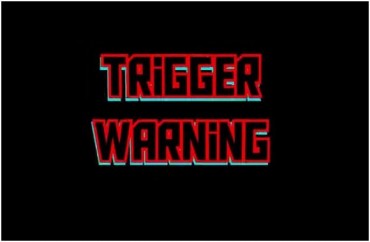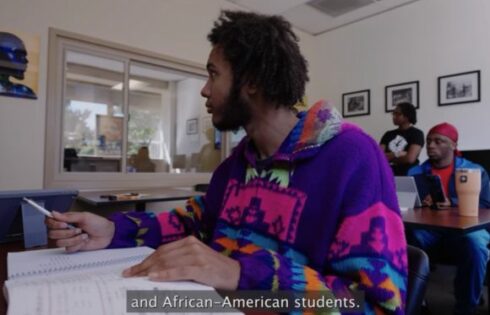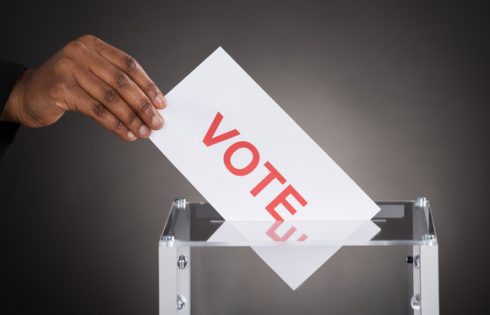
Trigger warnings are not about ‘triggers;’ they are about the closing of the college mind
We know and have known for some time that a sizable percentage of college students are, in one form or another, hostile towards freedom of speech and freedom of expression, which is itself something of a mystery: it is strange, at any rate, to witness the heirs to the rich Western tradition of free speech turn on and attempt to destroy that tradition. What may be more baffling is the weird and mildly pathetic student demand that colleges and professors place “trigger warnings” on course literature: many students profess themselves worried that literary depictions of violence, bigotry and other unpleasant phenomenon will “trigger” those who have been victimized in such ways, and so they want their reading assignments to be prefaced with warnings to that effect. The College Fix this week reported on the latest trigger warning debacle, in which Oklahoma students “[called] on state lawmakers and higher education regents to force professors to use trigger warnings.”
There is, to be sure, a nugget of truth hidden deeply (very deeply) inside the trigger warning debate: namely, that certain events and stimuli can indeed “trigger” those who have experienced certain types of trauma in the past. But the trigger warning debate isn’t really about the actual phenomenon of triggering experiences; it is, rather, about ideology masquerading as empathy.
Many college students today are notably aggressive and combative: consider the recent vicious campaigns against controversial campus speakers, say, or the ceaseless parade of student protests, marches and sit-ins motivated by the pettiest and most ephemeral of concerns. But in addition to that aggression and combativeness, those same students also tend to display a frank and unapologetic inability to engage with any fact, opinion or experience outside of an increasingly-narrow purview. The clinical insanity at Evergreen State College this past spring was a great example of this phenomenon: when confronted with a professor who wished to engage the students in friendly dialogue, one student—speaking no doubt for the majority of unhinged student activists—replied: “We don’t care what terms you want to speak on… This is not a discussion.”
Antagonistic belligerence on the one hand and shrinking intellectual cowardice on the other: this is the progressive campus playbook in a nutshell. In this light, the demand for “trigger warnings” is entirely explicable. It is noteworthy, after all, that—for all their insistence that “trigger warnings” are an absolutely necessary part of the liberal arts curricula—student activists are loathe to actually produce any student that has been harmed by the graphic depiction of execution-by-hanging in An Occurrence at Owl Creek Bridge, say, or the deeply disturbing blinding scene in King Lear.
Properly understood, “trigger warnings” are not about either triggers or warnings; they are about the labeling and signaling out of material that might offend the delicate sensibilities of the average campus social justice warrior, all as part of a campaign to point campus culture away from free and open inquiry and toward the closed and shallow mind of hyper-intolerant activism. “This is not a discussion,” said one student. That’s the point.
MORE: Students in Bible class get trigger warning before studying crucifixion of Jesus Christ
MORE: College students in Oklahoma ask lawmakers to force professors to use trigger warnings
Like The College Fix on Facebook / Follow us on Twitter





Please join the conversation about our stories on Facebook, Twitter, Instagram, Reddit, MeWe, Rumble, Gab, Minds and Gettr.